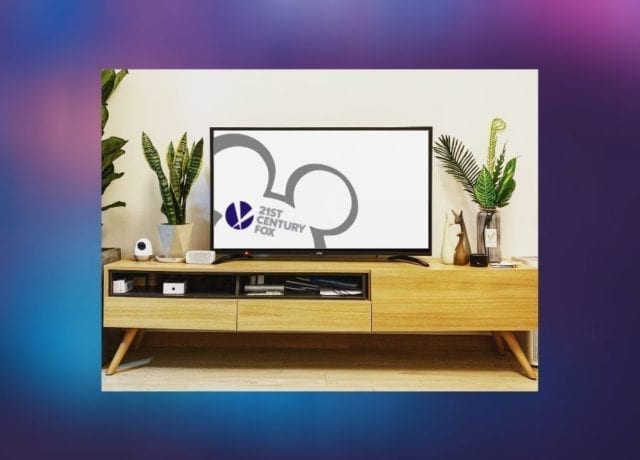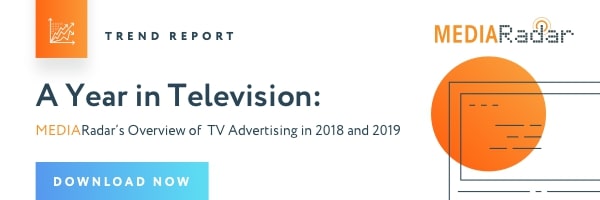In keeping with our mission to provide comprehensive advertising analysis, MediaRadar puts together a report of the most important mergers and acquisitions news each week. Stay in the loop, whether you sell advertising space or focus on business development.
This week, we check in on the TV networks that Disney bought from Fox earlier this year.
How the deal would shake out in terms of advertising dollars was unclear when the deal went through in March 2019. After all, the move not only meant that Disney took ownership of Fox’ media assets, but also its stake in Hulu. Vox hit the nail on the head with just how unprecedented the purchase was, along with how uncertain the future it spelled out would be:
“Disney’s $71.3 billion purchase of the film and TV assets held by 21st Century Fox — the company behind everything from the Alien movies to The Simpsons — is one of the biggest media mergers ever. In this era of ever-accelerating media consolidation, the implications of this deal are pretty staggering. But not everything is set in stone about how this new mega-company will function. There are early plans, of course, but making something work on paper is very different from making it work in reality, and more questions are sure to be raised. Many of these questions will be answered in the coming months, while some will take years to figure out.”
But, besides what Disney actually owns, one thing became clear soon after the deal. With the Fox networks and online streaming share, the acquisition was sure to lead to more advertiser overlap. But just how much has it translated into advertising buying advertising time on multiple Disney-owned networks?
To answer that question, MediaRadar looked at the four TV networks Disney bought from Fox (FX, FXX, National Geographic, and Nat Geo Wild) along with Disney’s previously existing channels.
When compared to premerger numbers, we saw a 4 percent increase in the number of advertisers present on both sets of channels. The overlap moved from 77 percent to 81 percent after the merger.
Absent insider insight, this seems to signal that ad sales reps at the newly monolithic company are making the new channels part of their Disney pitch. The networks were brought into the fold quickly and assuredly.
Looking for more? Check out BuzzFeed’s deep dive into Disney dominance with their aptly named article: Disney’s World.





